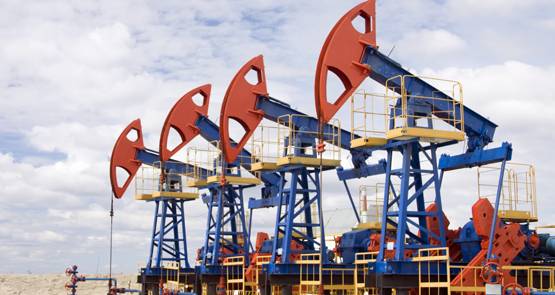
Magic bullet, anyone? One of the truisms of the current tax debate is that Australia has a high corporate tax rate and needs to cut it to boost jobs, the economy and refill the magic pudding. The reduction was to have been financed by an increase in the GST (meaning a big transfer of wealth from ordinary consumers to corporate shareholders, especially managements and boards, who would naturally claim credit and boost their “performance” pay). It is a claim that has become gospel inside the Liberal and National parties and in business groups large and small. The idea was raised in the questioning of RBA governor Glenn Stevens and some of his senior officials in Sydney last Friday before the House of Reps’ economics committee. Raising the question was Tony Abbott’s favourite backbencher, Sydney Liberal Craig Kelly, who asked deputy RBA governor Phil Lowe:
KELLY: You talk about the climate that we need for investment and innovation in Australia. Is it a concern to you that our corporate tax rate is substantially higher than our nearest competitors — Hong Kong, New Zealand, Singapore.
LOWE: I do not think that is the main issue here. It is across a whole range of policies. You could systematically go through and say: how do we create a pro-investment climate? Much of it is about the culture — links with business and university, the tax rates that people face on investments, their incentive to invest. There is no one magic bullet.
KELLY: But our tax rates being higher than those of our international competitors must have some slight negative effect on that innovation and investment.
LOWE: You could argue that at the margin but I think it would be incorrect to focus on corporate taxation as the solution here. It is more holistic in terms of the general incentives that people face for education and collaboration with universities. There is a whole range of things. I would not like to single out corporate tax as the magic bullet here. There is not a single solution. It is about working across a whole range of areas to create a pro-investment climate for the economy. And it is not just Australia, of course. Investment in all the advanced economies is kind of low. Ultimately, as Glenn was saying, it is improvements in technology that will be the cause of future increases in our living standards. There is no other way. So we have got to have an environment that encourages technological advancement and the use of that technology for production.
Well … no “magic bullet” — what a put-down for the self-interested campaign from the federal government and business for a reduction in tax. — Glenn Stevens
Oil’s slippery slope. For a moment pulses raced and hearts beat faster among oil industry traders, executives and anyone else living off the black stuff — confirmation of earlier rumours of an agreement between Saudi Arabia, Russia, Venezuela and Qatar to limit oil production. Led by Brent oil futures in Europe, it was “buy, buy, buy” as prices surged 6% in a matter of minutes on the news. Bears became bulls, shorts became longs and the end of the long slide from mid-2014 beckoned. But then second, third and many more revisions of thought as everyone looked more closely at the agreement. It was one of those Clayton’s agreements — so down went prices and US futures closed 1.4% lower on the day and Brent crude futures lost 1.5%. So much for all the early enthusiasm. And why did it fail? Well, it is an agreement to freeze production, not cut it, and it also limited production to the boom-like levels in January (not any earlier and lower) — and it is dependent on big producers such as Iran and Iraq agreeing to it. That looks doubtful, impossible even as Iran is increasing production after years of sanctions, and Iraq is currently producing at record levels and needs every dollar it can get to finance its various wars. — Glenn Dyer
Red flag alert at ANZ? ANZ joined NAB in reporting a solid first quarter this morning with unaudited cash earnings of $1.85 billion, up 4% (NAB’s figure was $1.7 billion). But buried in the ANZ release this morning was a big red flag: a 60% surge in bad debts forecast for the six months to March 31, compared with a year ago. In an effort to limit impact of the bad news, ANZ compared the new estimate of “a little above $800 million” to “current market consensus of $735 million” (or market guesses). Go back to the 2014-15 annual announcement and the March quarter’s impairment charge was $494 million, 60% less than the latest figure (which incidentally jumped to $695 million in the six months to September). The correct comparison is with the March quarter last year, not market guesses. The reason for the increased charge? An increase in dud loans in its Asian banking operation (a favourite of just-retired CEO Mike Smith), or as the bank so nicely put it, increased Asian “volatility”. But despite that surge in bad debt charges, the bank still managed a 4% rise in cash earnings, underlining just how much money it sucks out of customers in Australia and NZ. — Glenn Dyer







“So we have got to have an environment that encourages technological advancement and the use of that technology for production.”
Take note LNP: FRAUDBAND isn’t the answer. The LNP as usual looking in the rear view mirror and not out at the horizon. Morons the lot of them.
It’s just immediate tax cuts for LLNP sponsor mates. They don’t care about innovation, it just incidental. Australia is just the quick buck country, “open for business”.